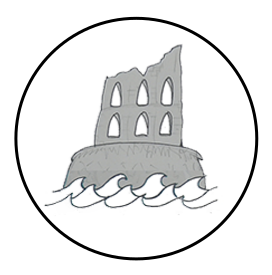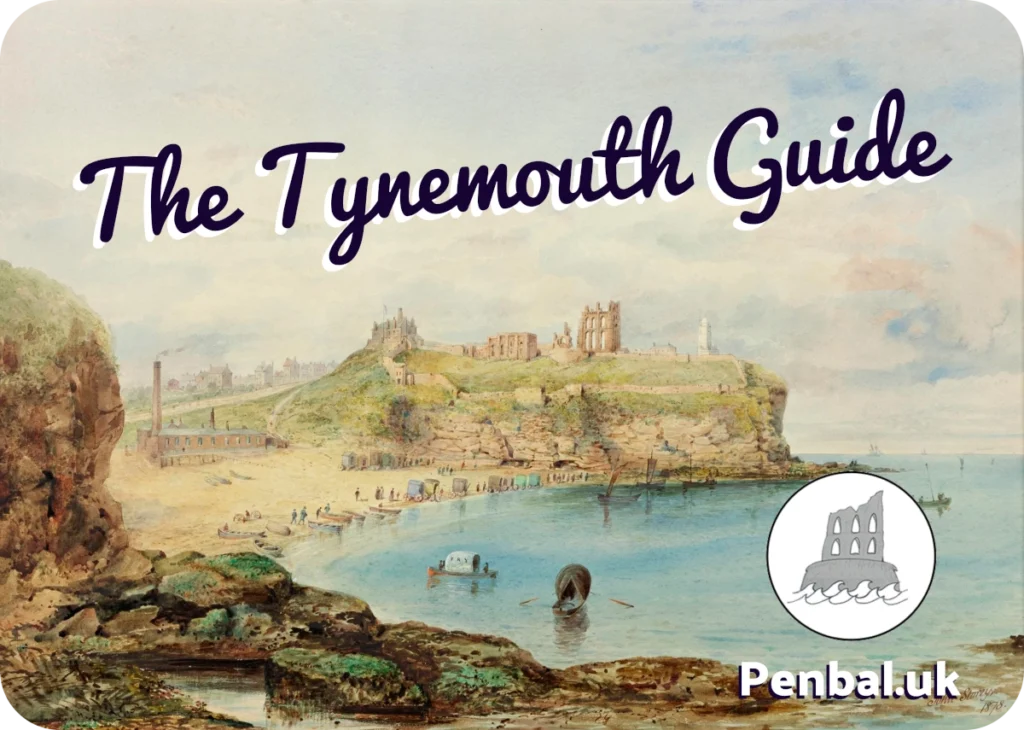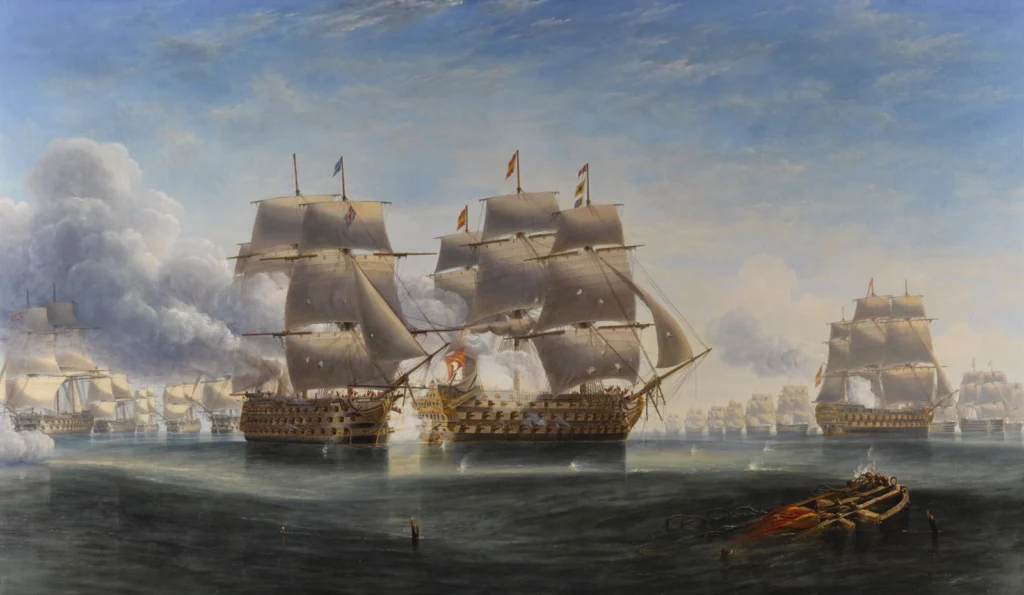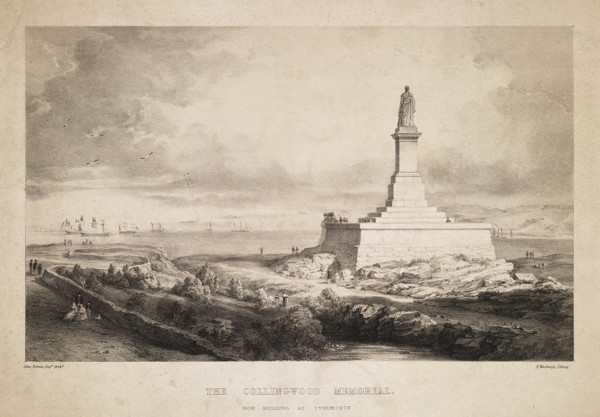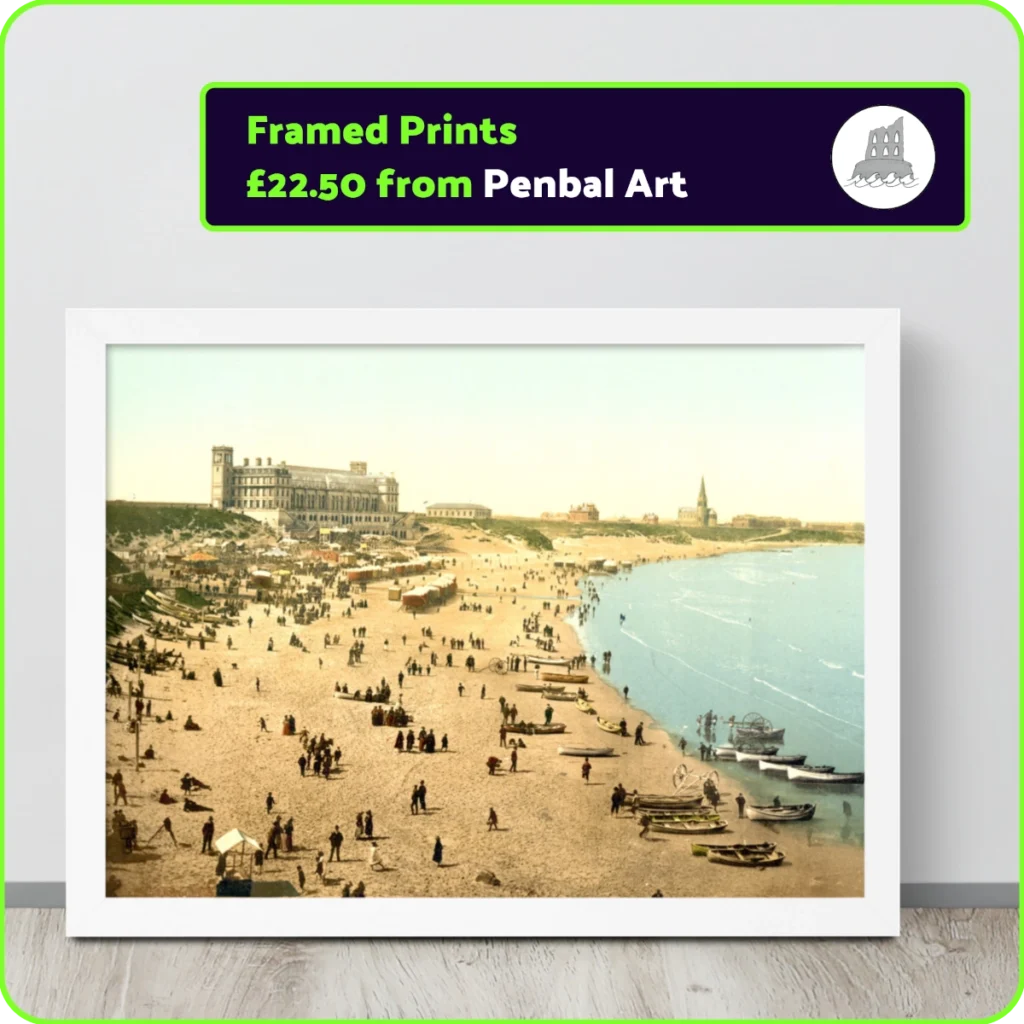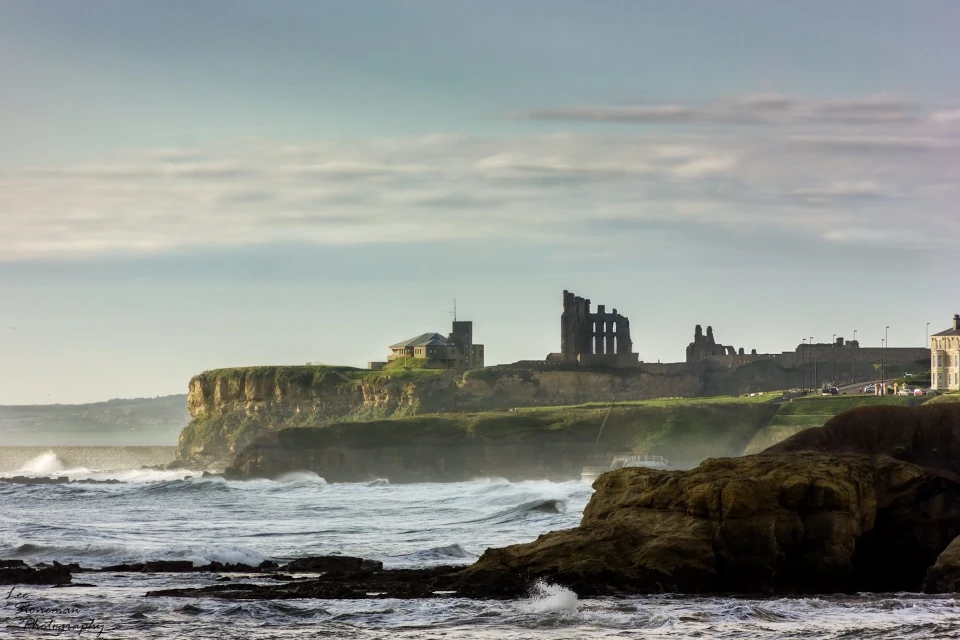Tynemouth Guide
Collingwood’s Monument
30. Vice Admiral Collingwood
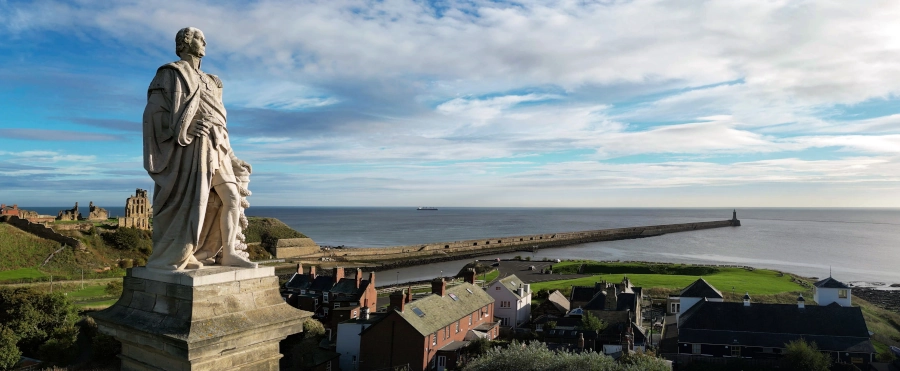
Cuthbert Collingwood was born in 1748 in Newcastle on the Side. He went to RGS school briefly and then went to sea when he was 12 and spent most of his life at sea. He lived to the age of 61 and is buried next to Lord Nelson at St Paul’s Cathedral.
His connection to the area is that he married the daughter of John Blackett, who was a Newcastle mayor and merchant, and the couple lived at Chirton House, which was owned by the Blacketts and is not far from Tynemouth. The other famous person from Chirton of this period is the renowned architect, John Dobson, who designed the massive and perfectly proportioned plinth on which Collingwood’s statue stands.
31. Trafalgar
Collingwood was older than Nelson, but Nelson was promoted above him because Nelson was just so brilliant. But it was Collingwood who fired the first shot at the Battle of Trafalgar in 1805. Having had a new copper bottom fitted to the hull of his flagship, Royal Sovereign, he was able to sail much faster into the French lines, leading the first column, while Nelson led the second column.
Collingwood’s first broadside was fired from the 32 pound cannons that you can see on the monument, 50 of them at one go. But, he double-shotted these guns, which means the cannon ball was put in and then the barrel was stuffed with chains, shrapnel, nails and any old iron they could find, and then another cannon ball was put down on top of that. This broadside at short range, just 50 yards or so, ripped through the line and began a long duel with the Spanish flagship, Santa Ana. This action set the course for the whole battle and Nelson exclaimed, “See how that noble fellow Collingwood carries his ship into action!”.
When Nelson was killed, Collingwood commanded the British fleet. He countermanded Nelson’s order to anchor the ships overnight at Trafalgar and because of that there were no British ships lost in the subsequent storm that arose.
Collingwood was given a barony after the battle, but only remained in England for a year. He died from cancer a few years later in Menorca in 1810. If you look at him here in Tynemouth, he’s looking out to sea towards Trafalgar.

32. John Dobson
John Dobson was the most famous architect in Northern England. He built most of half of Newcastle, including the Central Station. He was born in the Pineapple Pub in Chirton, a stone’s through from Collingwood’s home. He built this monument in 1845, and the statue crafted by John Graham Lough, is made from Portland stone. It’s rumoured you can climb all the way up the inside.
33. Black Middens
The notorious Black Middens rocks were the reason the leading lights of North Shields were built in 1539 on the orders of Henry VIII, the same year as the Dissolution.
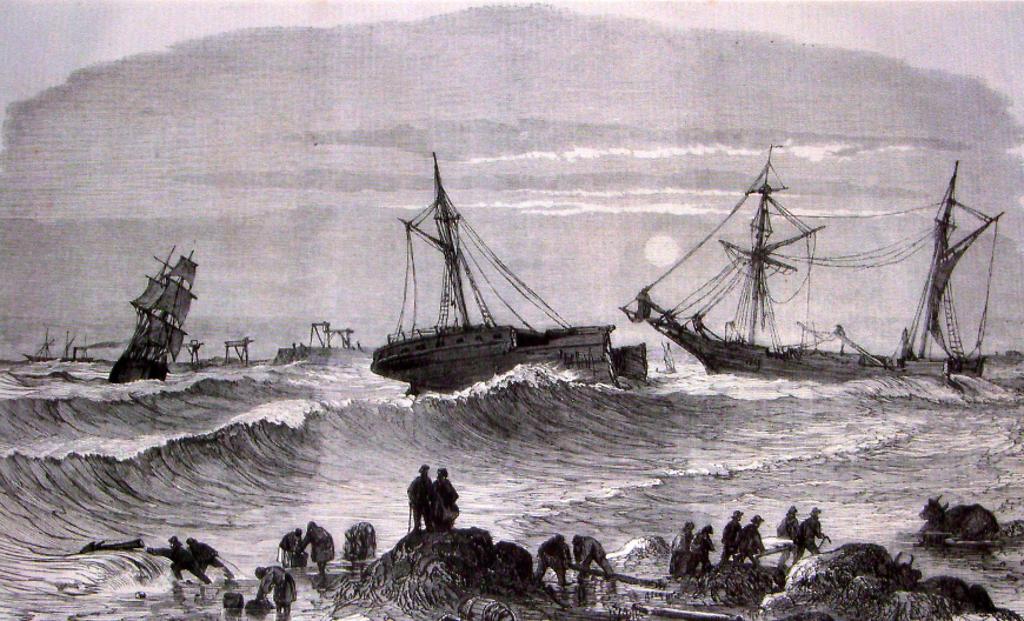
This dangerous reef has been the demise of many a ship and sailor through history, but nowhere more so than during appalling weather in November 1864 when 5 ships were wrecked in 3 days with the loss of 34 lives. These included passenger steamer Stanley, the schooner Friendship and three other ships. 26 deaths were from the SS Stanley, which broke in two. This tragedy prompted the immediate creation of the Tynemouth Volunteer Life Brigade, the first land-to-sea rescue brigade in the world, as these deaths were in close sight of land and could have been prevented from land. The Cullercoats VLB was founded 3 days after Tynemouth’s.
Prior’s Rock at the outer edge of the Middens has been used as a tide gauge since time immemorial. It’s full height is 6ft and it is called the Prior’s Rock because the Prior had a fishing weir there. A big salmon fishery operated from the Black Middens in the 18th century using nets and above the rocks at the top of the bank is the Salmon Bailiff’s Cottage, originally owned by and operated for the Duke.
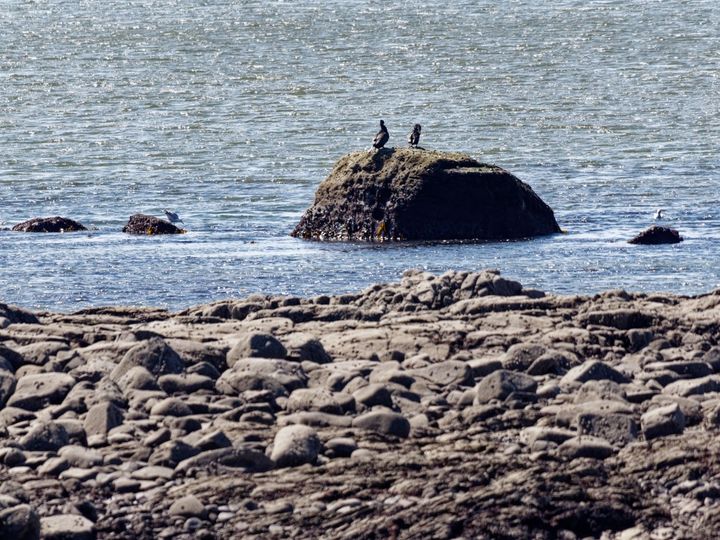
Many ships have hit Priors Rock and there is an iron ring attached to it so stranded boats can moor to it if need be. Ships have been striking the Middens up until the 1970s and other such rings were in place along the edges of the rocks for the same purpose.
Tynemouth Guide

